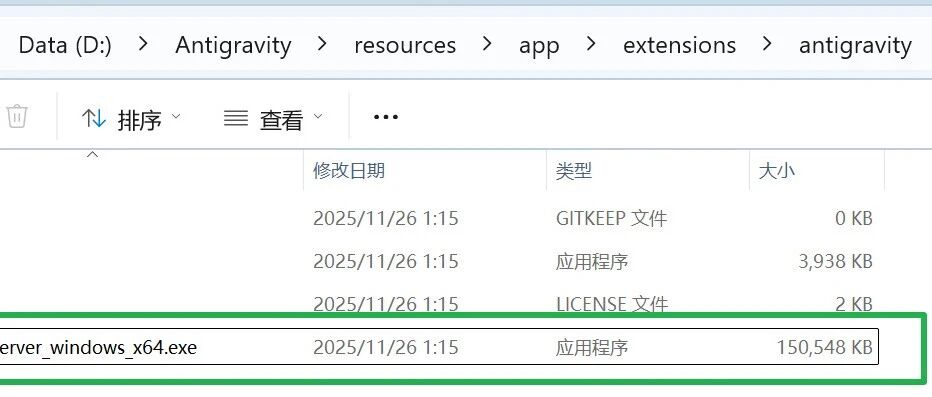The model's training data contains over 2 million multilingual document samples, with specially enhanced support for 39 low-resource languages such as Tibetan and Swahili. With cross-language migratory learning and adversarial training techniques, without relying on additional annotation data, its small-language recognition accuracy is improved by an average of 47% compared with mainstream OCR systems.Tests show that the system can correctly recognize the typographic structure and content of non-Latin scripts even if the user only provides English cue words, which is of great value for processing cross-border business documents and multilingual archives.
This answer comes from the articledots.ocr: a unified visual-linguistic model for multilingual document layout parsingThe


































